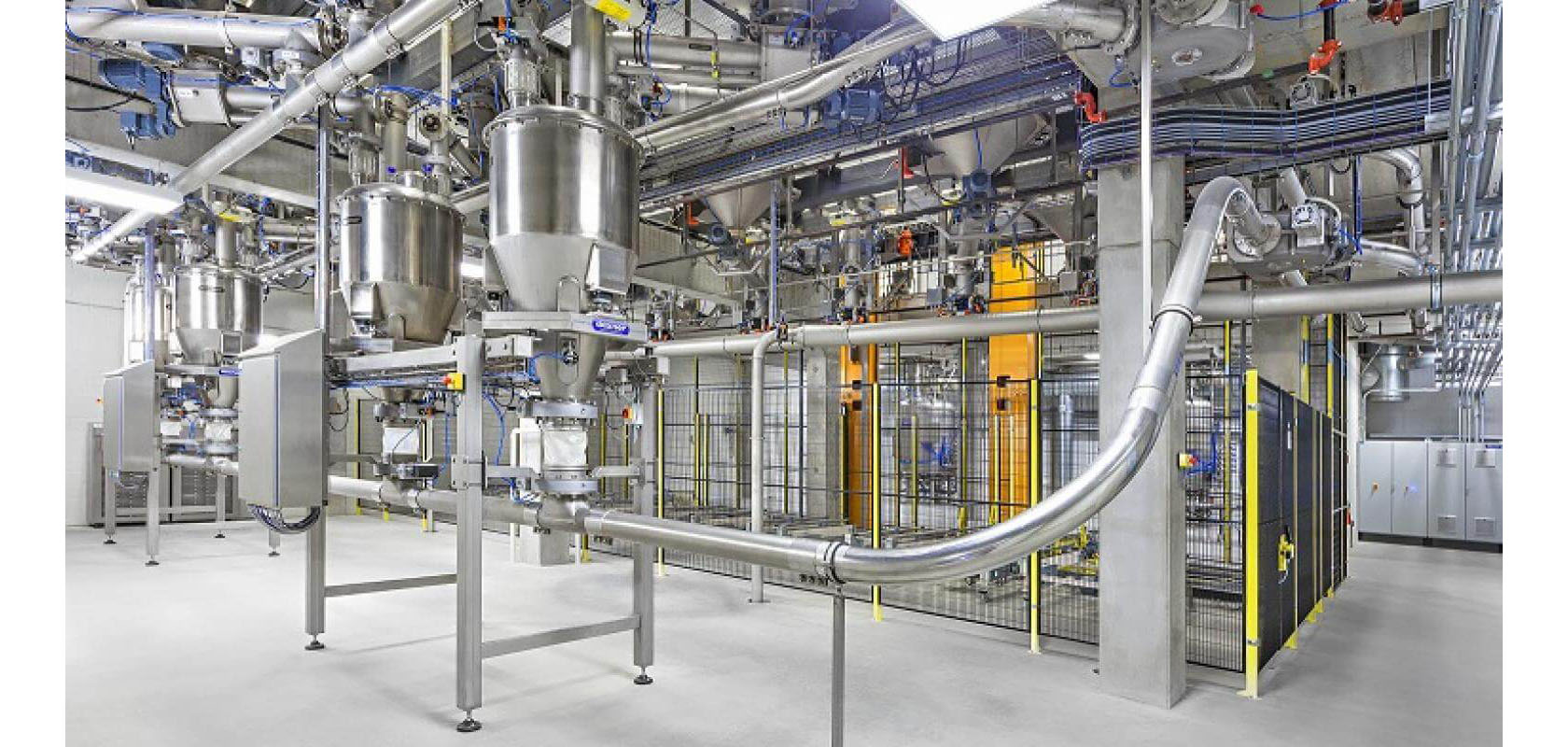Double wall pipe is a specialized piping solution designed for enhanced performance, safety, and durability in a wide range of industrial and residential applications. Its unique construction — consisting of an inner and outer pipe separated by an insulating layer — makes it especially valuable in environments where temperature control, pressure resistance, or protection from external elements is critical. In this blog, we will explore the various uses of double wall pipes and how they function in different systems including stove pipes, gas filling systems, ventilation systems, and more.
A double wall pipe features two concentric pipes: an inner pipe that carries the material (gas, liquid, or smoke), and an outer pipe that acts as a protective shell. Between them, there may be an air gap, vacuum insulation, or inert gas such as nitrogen to serve as a thermal or pressure barrier. This dual-layer design provides better clearances to combustibles, improved resistance to high temperatures, and enhanced durability compared to single-wall alternatives.
In residential and commercial heating systems, double wall stove pipe is used to safely vent hot flue gases from wood stoves, pellet stoves, or fireplaces. These pipes are typically constructed from stainless steel, which resists corrosion and high temperatures. The insulation between the walls significantly reduces external surface temperature, which lowers the clearances to combustibles required and minimizes fire risk.
Double wall pipes are also widely used in ventilation systems for industrial facilities, laboratories, or marine environments. These pipes help maintain temperature control within airflows, prevent condensation, and reduce energy loss. In certain cases, especially in confined or sensitive environments, low pressure and high pressure gas ventilation double wall pipes are employed to maintain environmental stability and safety.
In marine and offshore applications, Marine gas filling (vacuum insulation) systems rely on double wall pipe for the transfer of gases like LNG (liquefied natural gas). The vacuum insulation between the pipe layers significantly reduces heat transfer, ensuring the gas remains in its cryogenic state during transport. Similarly, conveying systems that handle pressurized or temperature-sensitive fluids benefit from the secure and insulated environment double wall piping offers.

Another advanced application involves the use of positive pressure Nitrogen filled double wall pipe systems. These are designed for environments where vacuum insulation is not suitable, and instead a controlled nitrogen atmosphere is maintained between the pipe layers. This helps in preventing oxidation, contamination, and maintaining temperature integrity, especially in clean or sterile environments.
From stove pipe setups in homes to complex marine gas filling and ventilation systems, the use of double wall pipe is essential for safe and efficient operation. Whether it's maintaining the temperature of cryogenic gases or ensuring proper air flow in pressurized systems, double wall piping provides unmatched safety, insulation, and durability. For industries and homeowners alike, understanding and selecting the right double wall configuration can make all the difference in performance and safety.